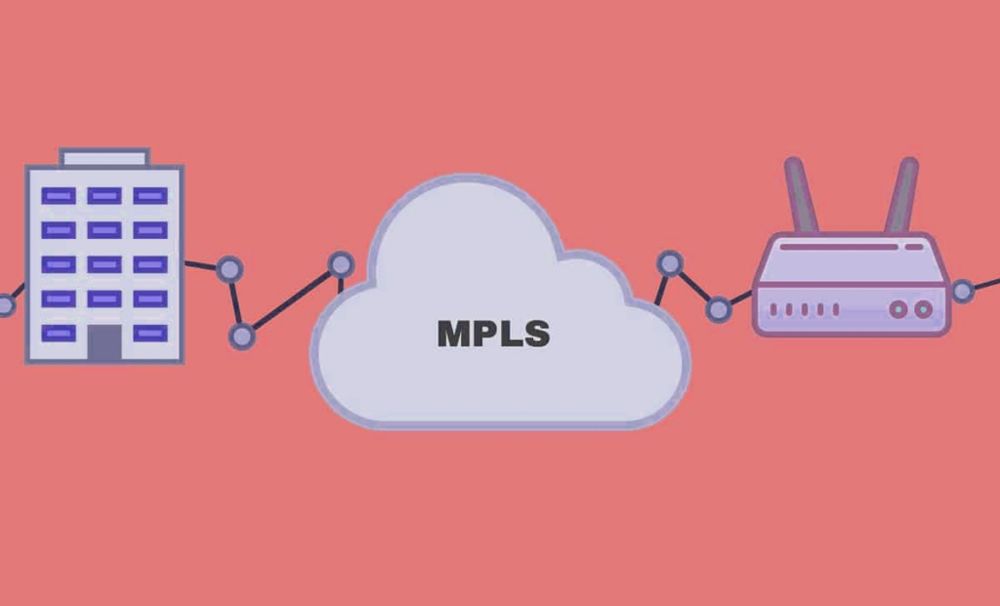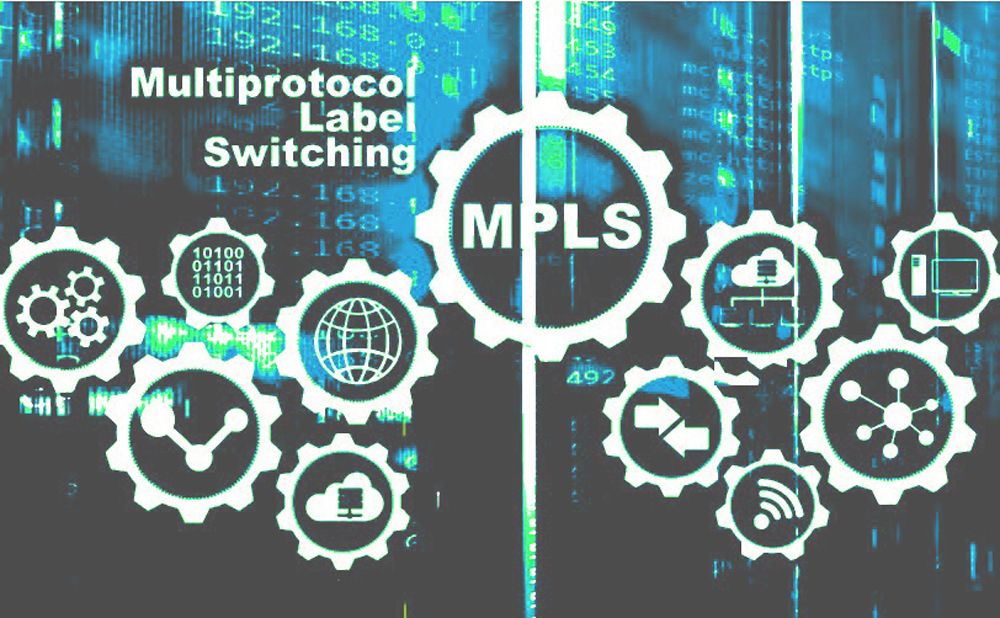MPLS (Multiprotocol Label Switching) is a powerful networking technology that plays a critical role in optimizing the infrastructure of modern enterprises. With the rapid advancement of technology and the growing demand for connectivity, MPLS has emerged as the preferred solution for improving bandwidth efficiency, reducing latency, and enhancing security. Especially when it comes to investment, MPLS offers significant long-term benefits, making it a one-time investment that continues to pay off for years to come. In this article, we’ll explore what MPLS is, how it works, and why it’s considered an investment that keeps giving.
1. What is MPLS?
MPLS is a method used for routing data in networks. Unlike traditional IP routing, which relies on destination IP addresses to route data, MPLS assigns labels to data packets. These labels help routers determine the most efficient path for the data to travel. This technology can work with a variety of protocols, such as IP, Ethernet, ATM, and Frame Relay, allowing for more flexibility in network design. The key benefit of this technology is that it speeds up the data transmission process and improves overall network performance by using label-based routing.
2. How Does MPLS Work?
The operation of this technology can be broken down into three primary steps:
- Labeling: When a packet enters the network, the first router assigns a label to it. This label contains information about the packet’s destination, which will help decide the next hop for the packet.
- Label Switching: As the packet travels through the network, each router looks at the label to determine where to send the packet next. Unlike traditional IP routing, which involves checking the destination IP at each router, MPLS relies on these labels to quickly route packets.
- Label Removal: Once the packet reaches its destination, the final router removes the label and forwards the packet to its ultimate destination.
MPLS works efficiently with various protocols, making it adaptable to different types of network environments and applications.

3. Benefits for Businesses
The use of this technology offers significant advantages for businesses, especially those with large, complex networks. Some of the primary benefits include:
3.1. Improved Network Performance
One of the key reasons businesses choose MPLS is its ability to enhance network performance. By reducing the time needed to route data, this solution improves bandwidth efficiency and reduces latency. This is particularly valuable for applications that demand high-performance networking, such as video conferencing, VoIP, or cloud applications.
3.2. High Reliability
A reliable network is essential for any business. MPLS networks offer high reliability by ensuring traffic is routed efficiently and providing a consistent quality of service (QoS). The use of VPNs (Virtual Private Networks) also ensures that traffic is isolated, reducing the chances of data breaches or interruptions from external sources.
3.3. Scalability
As businesses grow, so do their networking needs. This technology makes it easy to scale a network by adding new locations or users without significant changes to the core network infrastructure. This makes it a flexible and cost-effective solution for expanding businesses.
3.4. Long-Term Cost Savings
While the initial setup of MPLS may involve a larger investment, the long-term benefits far outweigh the initial cost. The improved performance, reduced downtime, and optimized data routing reduce operational costs over time. Moreover, using a unified infrastructure for various branches and remote offices helps reduce maintenance and operational overheads.
3.5. Enhanced Security
Security is a major concern for businesses that handle sensitive data. MPLS enhances security by providing private, dedicated connections that are separate from public networks. This reduces the risk of data leakage or cyberattacks. Moreover, it enables businesses to build secure VPNs, ensuring that data remains protected as it travels through the network.
3.6. Support for High-Bandwidth Applications
Certain applications, such as cloud services, video conferencing, and VoIP, require substantial bandwidth and low latency to function effectively. This technology offers built-in support for high-bandwidth applications by managing network traffic efficiently and prioritizing critical applications, ensuring that these services perform smoothly.

4. Why MPLS is a One-Time Investment with Long-Term Benefits
One of the main reasons businesses consider MPLS as a smart investment is its sustainability and long-term benefits. Although the initial investment may be higher compared to other networking solutions, the long-term savings, enhanced efficiency, and improved security make it a wise choice for businesses looking to future-proof their networks.
4.1. Optimized Operational Costs
The main advantage of this solution is its ability to significantly reduce operational costs over time. By optimizing bandwidth, improving traffic flow, and providing better performance for critical applications, it reduces the need for costly upgrades and maintenance. Additionally, the use of a unified network infrastructure across branches and remote locations cuts down on the complexity and cost of maintaining multiple network systems.
4.2. Lower Maintenance and Management Costs
Another long-term benefit is the reduction in network maintenance and management costs. MPLS simplifies network management by integrating different technologies into a single, unified system. This consolidation means businesses don’t need to maintain several separate networks or technologies, ultimately leading to savings on both time and operational expenses.
4.3. Easier Scalability
Scalability is a key factor for growing businesses. As companies expand, their networking needs increase. MPLS allows businesses to easily scale their networks without having to redesign the entire infrastructure. Adding new branches, employees, or offices becomes straightforward, making this technology ideal for companies looking to expand quickly and efficiently.
4.4. Minimized Downtime
MPLS also contributes to business continuity by minimizing downtime. In the event of a network failure, MPLS networks are designed to reroute traffic automatically, ensuring that critical applications and services continue to run smoothly. This high level of reliability is essential for businesses that require constant connectivity for their operations.
5. MPLS in Practice: Real-World Applications
Businesses across industries use MPLS to improve their networking performance, scalability, and security. Some examples of how it is applied include:
- Retail and Branch Operations: Many large retail chains rely on MPLS to connect their various stores and headquarters, ensuring reliable communication and secure transaction processing across locations.
- Healthcare: Hospitals and medical centers use MPLS to connect patient data systems securely, allowing for efficient sharing of medical records and improving patient care without compromising on privacy.
- Finance: Financial institutions use this technology to securely transfer sensitive data and ensure the highest levels of compliance with regulations, while maintaining fast transaction speeds.
6. Conclusion
In conclusion, MPLS is more than just a networking technology — it’s a strategic investment that delivers long-term value. By improving network performance, enhancing security, and providing scalable solutions, it allows businesses to operate efficiently and securely. Although the upfront costs can be higher than other solutions, the return on investment (ROI) in terms of reduced operational costs, minimized downtime, and improved service delivery makes it a worthwhile investment for any business.
Ultimately, MPLS is a one-time investment that continues to pay dividends over time. By future-proofing your network, enhancing performance, and ensuring the security and scalability of your infrastructure, MPLS helps businesses stay competitive in an increasingly digital world.
* Contact us:
- Email: dc@dcx.com.vn
- Phone: 0333361599
- Facebook: https://www.facebook.com/DCX.Tech.Solutions/
